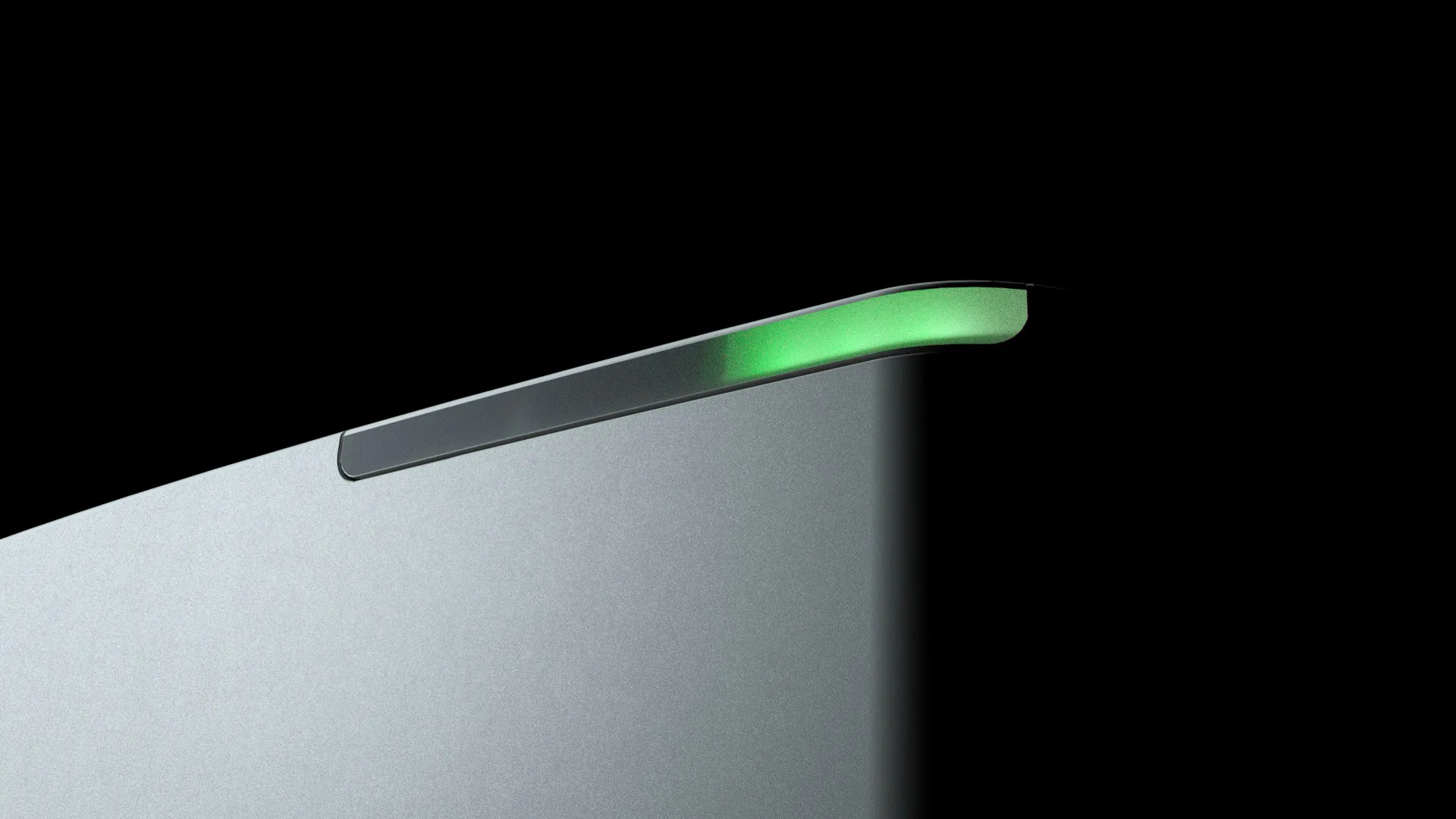

Structure, Stability, Similarity, and Stress Characterization of a Commercial mAb Therapeutic and Two Biosimilar Drugs Using Microfluidic Modulation Spectroscopy (MMS)
Since biologic drugs are large and complex in nature, replicating them perfectly as generic drugs is nearly impossible. Therefore, if companies can show their product is highly similar to another FDA-approved biologic, this new drug can be considered a “biosimilar.” Biosimilars must be consistent with the originator in structure, function, and safety, among other parameters. However, these similarity comparisons can only be as good as the tools used to make these measurements.
In this study, we used Microfluidic Modulation Spectroscopy (MMS), a novel and best-in-class structure characterization tool, to show the similarity between a commercial mAb therapeutic (originator) and two research-grade biosimilar drugs. Additionally, we tested a few stress conditions, i.e., formulation buffer vs PBS and exposure to heat stress. All three molecules behaved very similarly under each buffer condition, however, the heat stress of 70°C for 30 mins had structural consequences on the commercial mAb therapeutic in PBS and much more subtle effects on the sample in formulation buffer. This shows the increased stability of commercial mAb therapeutic in formulation conditions. The heat-stress study was only completed on the commercial mAb therapeutic sample and future work will include replicating the heat-stress study with both biosimilars to understand their thermal stability.
Please complete the form to download the app note.

